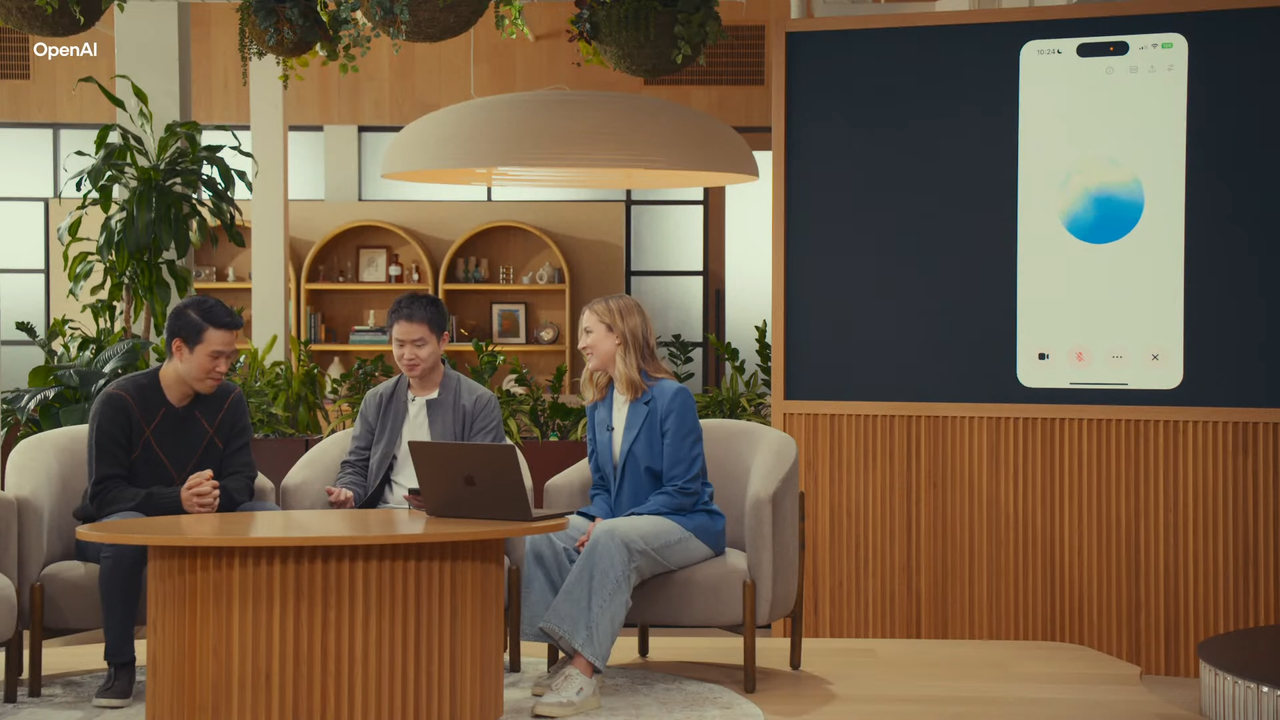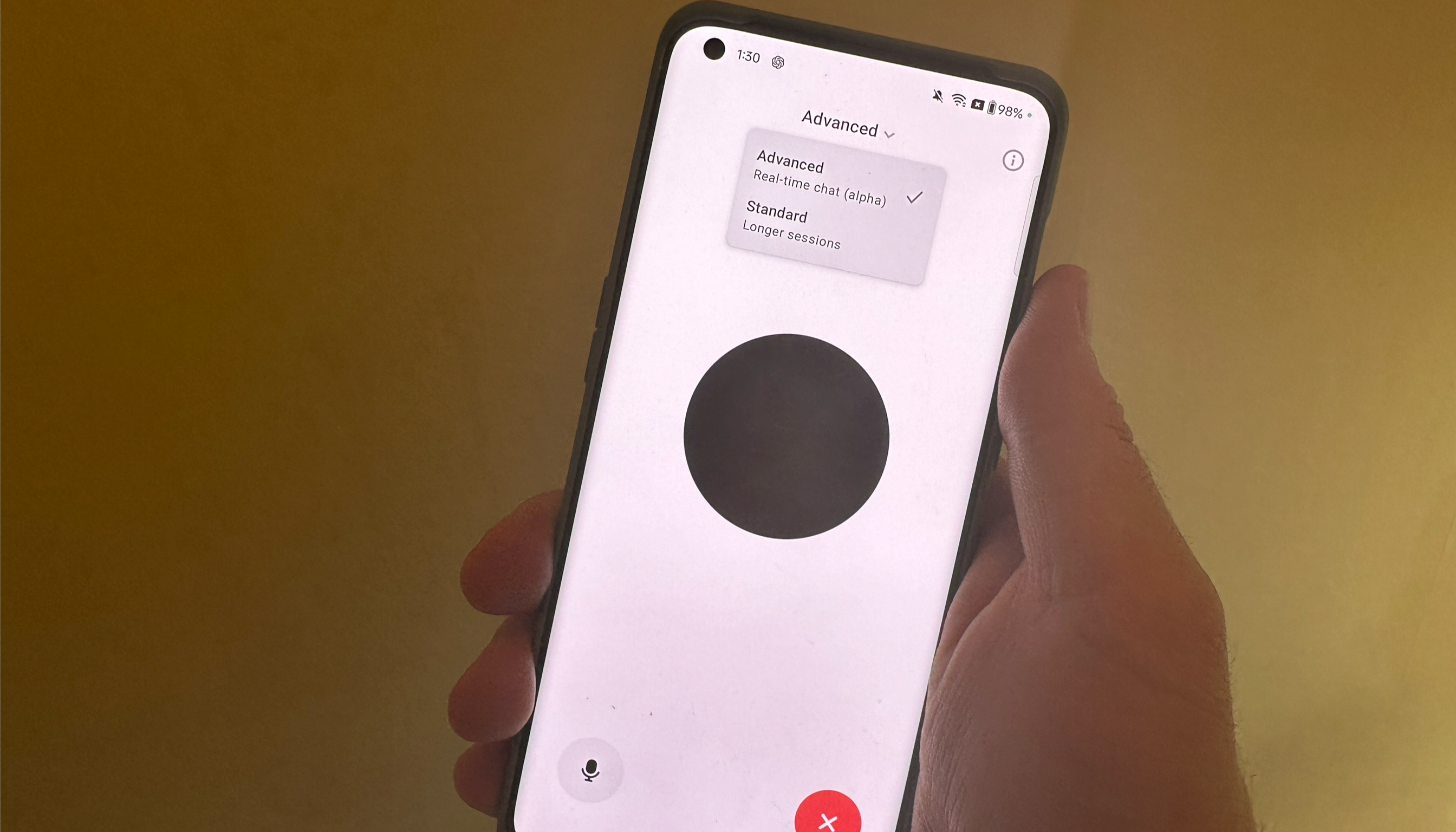
When GPT-5 launched, I was ready for sharper reasoning, cleaner code and more natural writing. Like many, I'm still getting used to it and as a Plus subscriber, I find myself going back to GPT-4o often.
But the feature that’s surprised me most, is one I wasn't even anticipating to change much. The new Voice mode is a huge leap forward,\; so much so that it makes GPT-4 feel outdated after just a few days of using the newer version. The biggest difference is that the new ChatGPT voice actually feels human.
GPT-5 sounds alive

GPT-5’s new Voice replaces the older, standard Voice Mode with something that sounds, well, alive. No, not in a creepy way; it flows, it empathizes and it adjusts tone and pacing based on the conversation.
The flagship model understands emotion and context. If I'm excited, stressed or just chatting casually, it adapts to match my mood. That alone makes conversations feel far more natural and engaging.
I've also noticed that it doesn't pause as much if it hears a noise or I set my phone down. It continues the conversation and actually allows me to be hands-free without keeping my face plastered to the screen like I used to do with GPT-4 just so it could understand me.
Free, seamless and for everyone

Here’s the real surprise: this isn’t locked behind a subscription (for now). OpenAI is rolling GPT-5’s Voice mode out to all users, including those on the free plan; removing the Plus-only restriction that Advanced Voice Mode had in GPT-4.
If you're not seeing it yet, log out and log back in again. It should show up soon.
This is a subtle change, but one with big implications for accessibility, comfort and everyday use. I use it when I'm running and want to brainstorm with ChatGPT. I've used it while cooking, realizing a recipe calls for an ingredient that I don't have and need help with a substitute. I used to call my mom for this type of thing, now she refers me to ChatGPT.
A better voice for everyone is a win for anyone who uses ChatGPT regularly.
Conversations with listening, not just talking

Beyond sound quality and a more human-like voice, the improvements include conversations that are contextually stronger, hold longer and are far more coherent. The AI remembers context better and can maintain memory across sessions.
I can come back to ChatGPT-5 in the evening and say "Remember that brainstorm we had at 7 a.m? Let's revisit some of those ideas," and it will seamlessly pick up where we left off (yes, even if we've chatted about dinner or weekend plans in between).
Even more impressive, it responds to emotional cues, attempting to calm me if I sound anxious or matching my excitement when I'm energetic about my ideas. In other words, the AI really listens and doesn't just respond. That's the wow factor for me. GPT-4’s Voice was functional. GPT-5’s Voice feels intentional.
Why GPT-5 Voice wins for me
- Human-like delivery makes it feel like a real conversation.
- Free for all users, not just Plus subscribers.
- Emotionally adaptive, helping users feel heard.
- Smarter long-form conversations that don’t lose the thread.
The bottom line
GPT-5’s Voice mode may not be the headline feature everyone is talking about, but for me, it’s the one that makes ChatGPT feel truly alive. Once you’ve used it, going back to GPT-4’s voice feels like stepping into the past.
Follow Tom's Guide on Google News to get our up-to-date news, how-tos, and reviews in your feeds. Make sure to click the Follow button.







